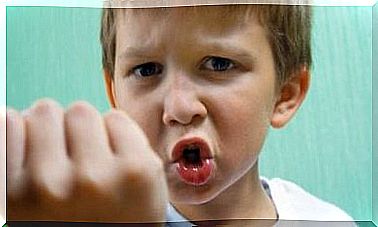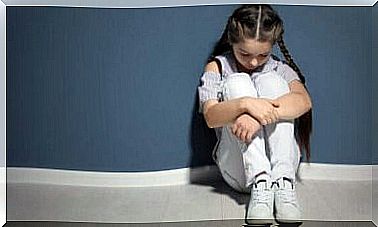Vague Eye On Children
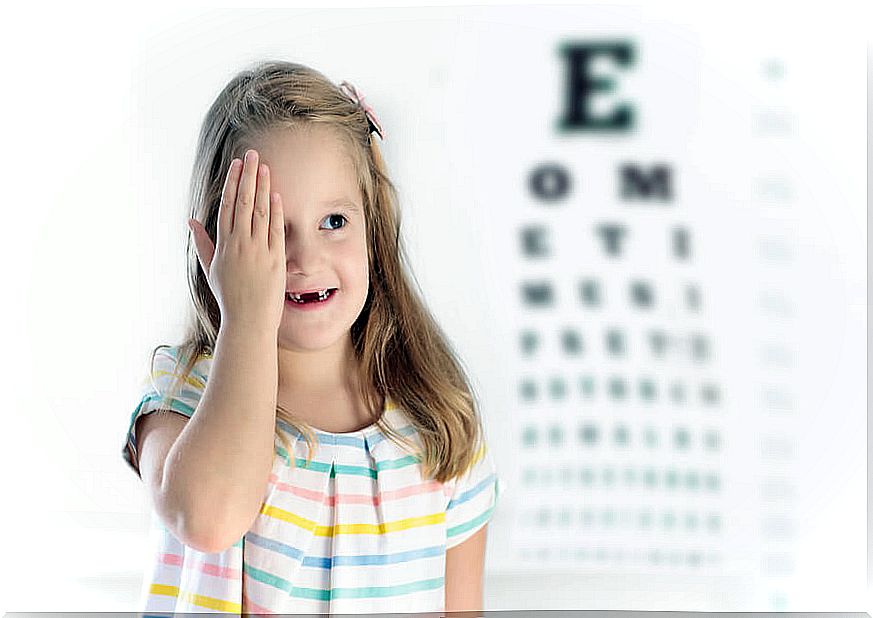
Vacant eye in children is a change in vision, also called amblyopia or ‘lazy eye’. Its main feature is that one eye works less than the other due to a lack of visual stimulation.
Why does this difference occur? Usually due to another underlying pathology that causes each eye to give different images to the brain, confusing it. Thus, it can be said that the brain, in order not to be confused, prefers only one image and eliminates the other.
In these cases, the brain adopts a ‘favorite eye’, which develops normal vision. The other eye, the one that offers the deleted image, is displaced and partially or totally loses its vision.
Other features
Vacant eye in children usually affects one eye, although it can also affect both. Furthermore, it is one of the most common causes of childhood vision problems – it affects between 1% and 4% of all children.
It is worth noting that the vision of the vacant eye does not recover 100% with the use of glasses, which is a feature that helps to differentiate the vacant eye from other abnormalities.
Causes of Vacant Eye in Children
This pathology can have its origin in three ophthalmological alterations:
- Strabismus: A change that affects the muscles responsible for helping the eye move to focus on objects. These, not coordinating well with each other, cause the eyes to point in different directions.
- Anisometropia : this is an anomaly in which there is a difference in the clarity with which each eye can focus. If this gap is too large, the brain chooses the sharpest vision and eliminates the image offered by the other eye. Within this group of alterations are myopia, farsightedness and astigmatism.
- Cataract : this is the name of clouding of the lens – the natural lens of the eye. It produces a blurred vision, as if we were looking through fogged glass.
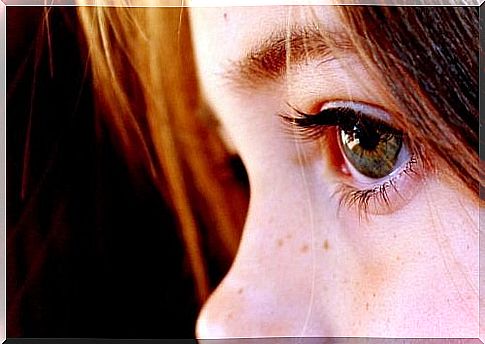
As we have seen, in these three types of pathology, it may happen that the brain chooses one of the eyes, the one that sees best, as its ‘favorite’, and then leaves the other aside. In this way, this eye is useless and deprived of visual experience.
This eventuality will produce a delay in the development of visual function in the injured eye. The more vision is used, the more likely it is for better visual functioning, so the brain deprives the impaired eye of the chance to develop.
Symptoms
Sometimes the vague eye signs in children are not easy to notice. Therefore, there are some clues to which special attention should be paid:
- The child gets very close to the paper when reading, writing or drawing.
- He squints or squints, as if trying to focus.
- Rub your eyes continuously.
- Has difficulty seeing in the dark.
- Avert one eye.
- Has headaches.
- It gets red or watery eyes.
- Look at the blackboard or the television sideways.
- He comments that he “seees blurry”.
- There may be a whitish spot in the pupil.
Why is it important to treat the vacant eye in children?
It is important to diagnose and treat this condition in children for the following reasons:
- So that the ‘vacant eye’ does not develop a serious chronic defect.
- It is important for the child to be able to see in three dimensions – depth perception. For that, she needs good vision in both eyes.
- It is necessary to detect this symptom early, preferably before the age of five, so that the child achieves the greatest possible visual acuity. We must remember that, before this age, the visual cortex adapts better to the visual stimuli of the environment.
- The smaller the child, the faster their vision will be restored. Thus, as in many other pathologies, early diagnosis is the key to a quick return to normality.
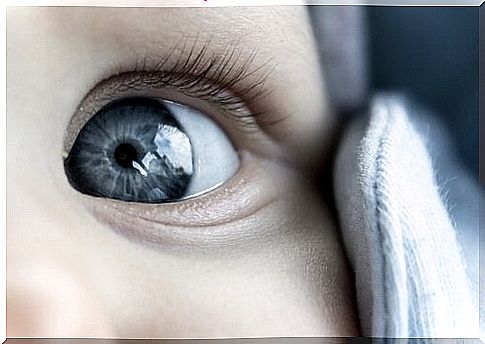
Treatment: How to make the ‘vacant eye’ work?
It is relatively easy and quick to recover the visual potential of that eye. A method called occlusion is often used, which is to make the well-seeing eye work a little less so that the weaker eye has to make an effort to see.
In fact, the most common way to get the desired effect is to wear an eye patch that covers the eye stronger. This eye patch allows the “bad eye” to exercise for several hours a day. To achieve this same goal, dilators and glasses with an unnecessary degree are also used.


